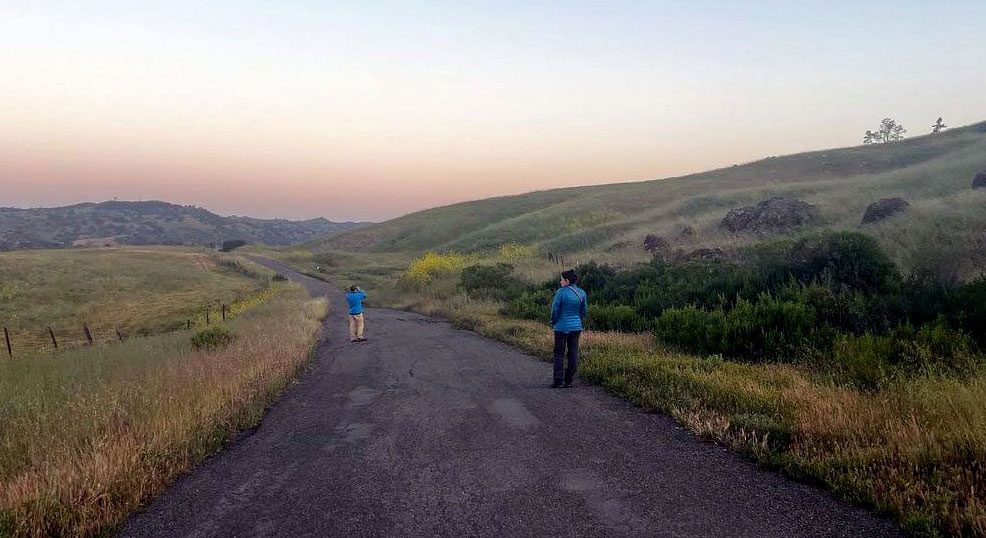
For Big Day 2023, Team Sapsucker split into two groups and headed to far-flung parts of the Pacific Flyway: Monterey County, California, and central Chile. Together the teams found an astounding 279 species. The team chose these two sites to highlight the importance of the Pacific Flyway in supporting migratory birds and linking the natural history of North and South America.
The final list encompasses a tremendous showcase of avian diversity: warblers, orioles, and grosbeaks; tapaculos, rayaditos, and cinclodes; even albatrosses and penguins. The Lab is grateful to the many donors who supported Big Day, our biggest conservation fundraiser of the year; and to LOWA Boots for sponsoring Team Sapsucker.
In Chile, A Patchwork of Wetland Preserves Pays Off
Team Sapsucker-Chile had their work cut out for them. It’s well into autumn, days are short, and most of the migrants have already left—far from an optimal Big Day time of year. Fortunately, two team members were Chilean birders with extensive knowledge: Sharon Montecino of the Chilean nonprofit Red de Observadores de Vida y Silvestre de Chile (ROC), and Vicente Pantoja, a ROC volunteer and eBird coordinator for Chile. Rounding out the team were Cornell Lab staff members Cullen Hanks, Jenna Curtis, and Tom Auer.
The team started at sunup, birding Laguna Batuco, an important remnant wetland in the highly developed Santiago area. Their first bird was an entertaining Chimango Caracara. They went on to find 51 more species at this stop, including the virtually invisible Least Seedsnipe as well as Andean Goose, for which the laguna is a winter stronghold.
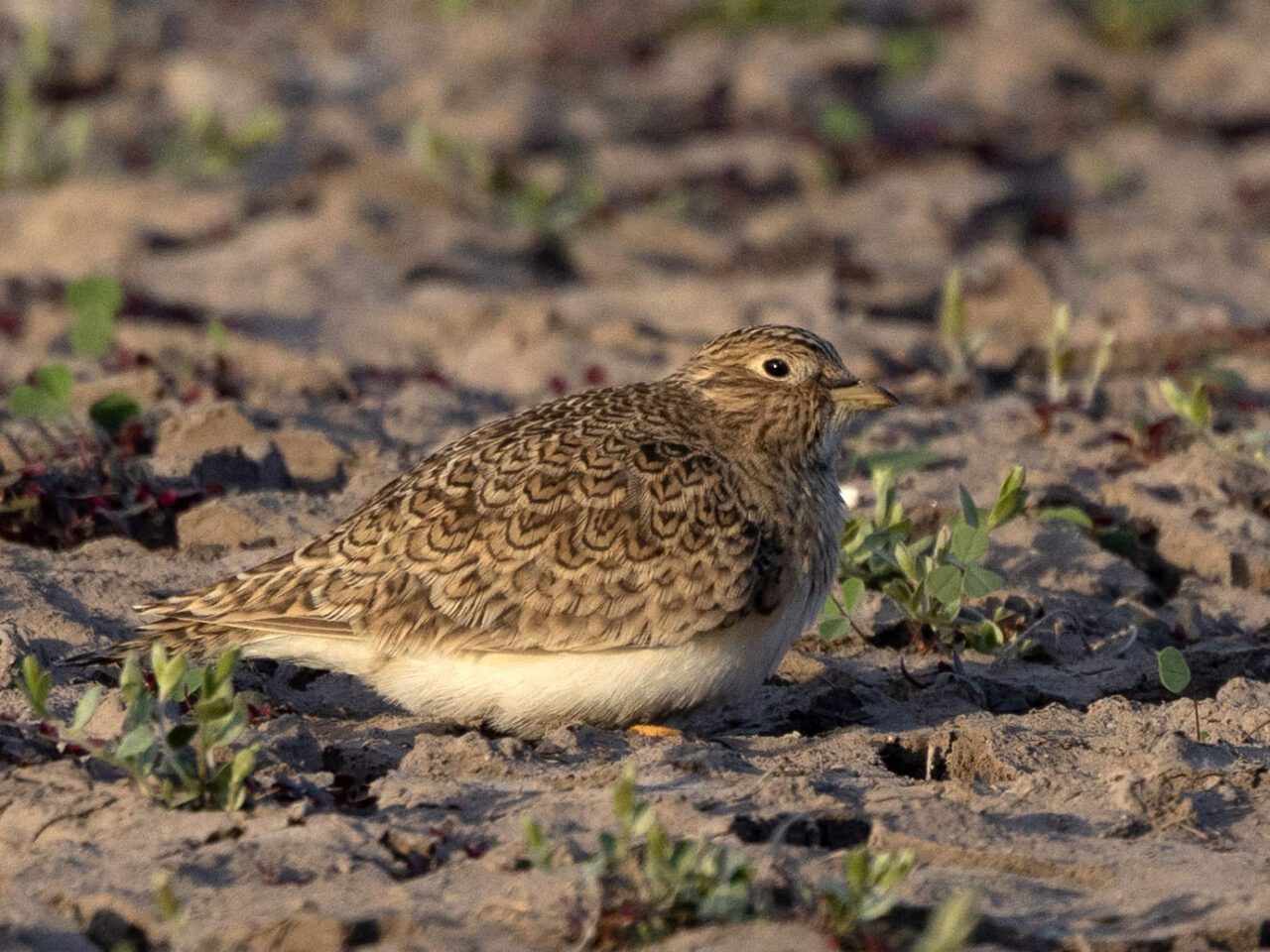
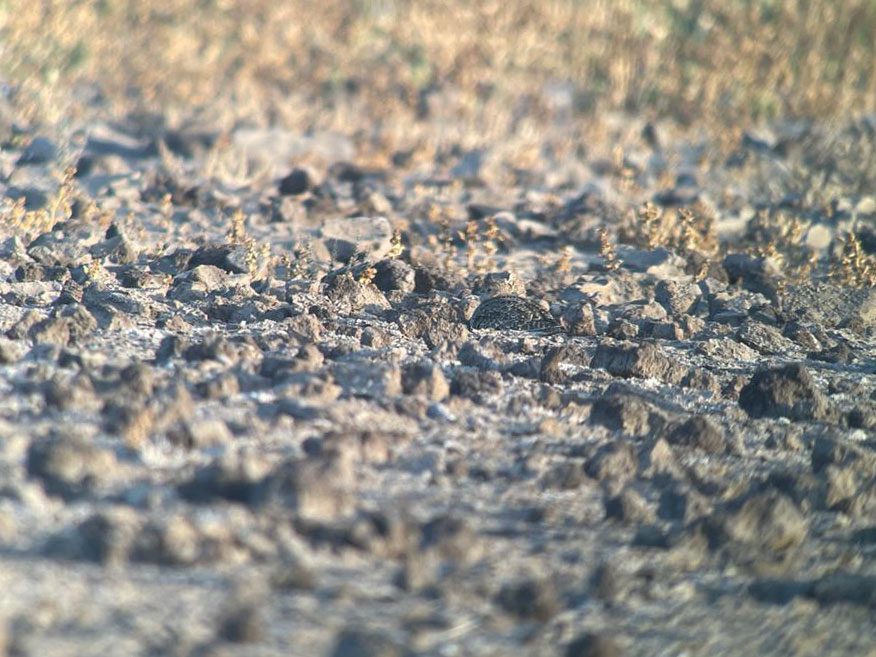
Laguna Batuco is a remnant of a once-extensive wetland system that has slowly been encompassed by metropolitan Santiago, the Chilean capital, Hanks said. It’s now one of the last remaining refuges for migrating and wintering birds in inland central Chile—and a focus of ROC’s conservation work.
In late morning the Chile team looped through dry foothills on their way west, picking up Chilean Tinamou, Chilean Pigeon, Chilean Flicker, and the charming Moustached Turca.
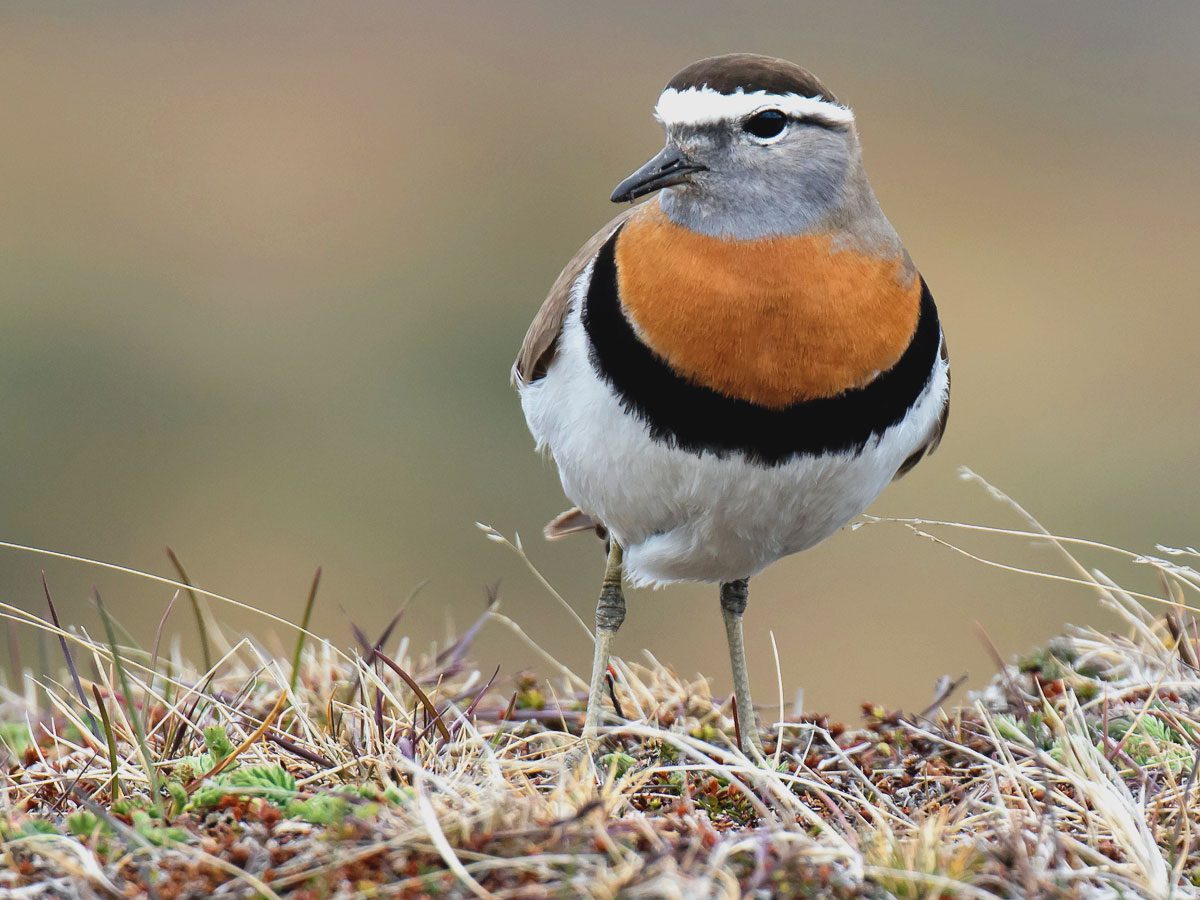
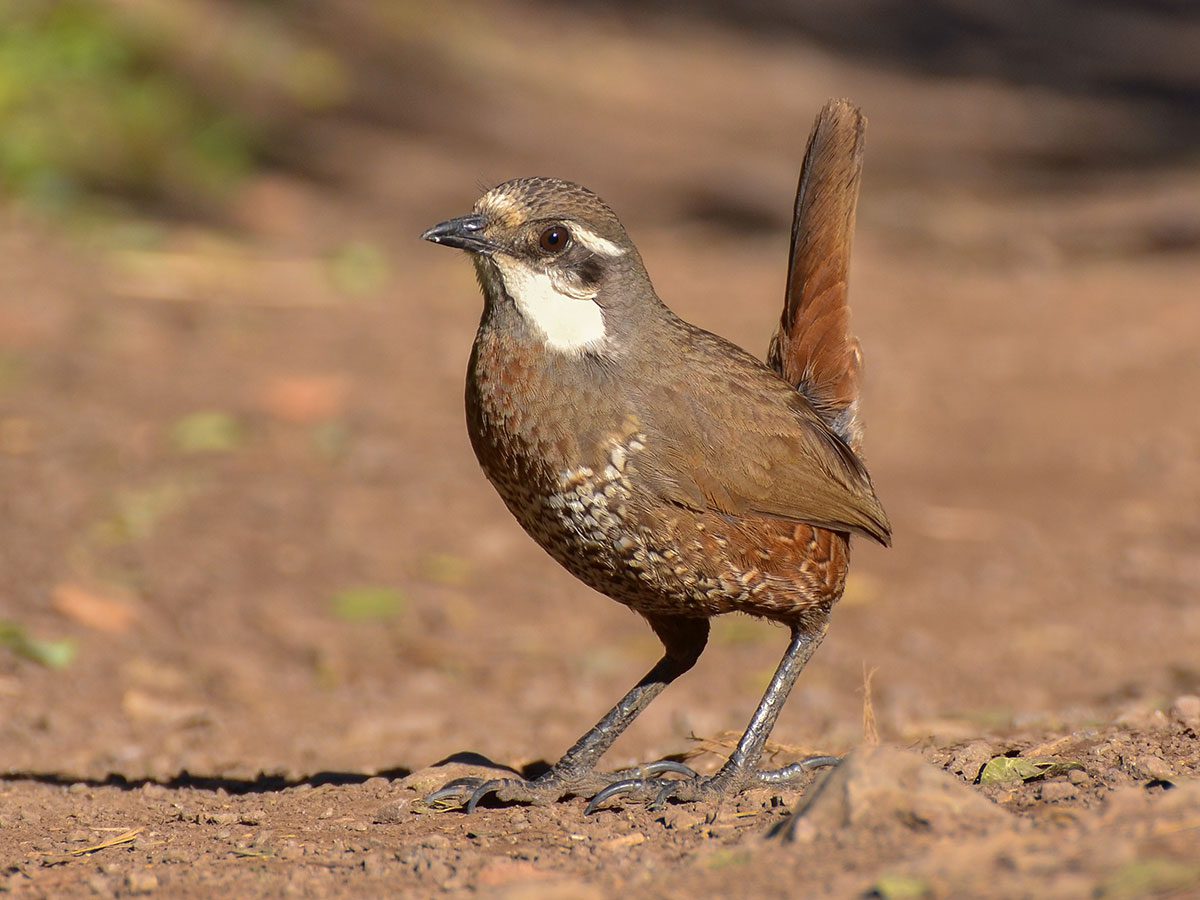
Then it was westward to explore the coast. They reached the Maipo River estuary, a crown jewel of Chile’s coastal wetlands, just as low tide exposed a series of mudflats that drew in foraging shorebirds. The team crested 100 species with birds like Rufous-chested Dotterel and Silver Teal. They also added lingering long-distance migrants like Hudsonian Godwit and Whimbrel that are on their way to the Arctic.
By late afternoon they’d set up scopes at the edge of the Pacific, scanning cold ocean waters for seabirds including Black-browed Albatross, Peruvian Diving-Petrel, and Humboldt Penguin. With 121 species on their list, they knew they were just one bird away from the May Big Day record for Chile. And then just around sunset, as they were negotiating traffic a Band-winged Nightjar flew up in front of the car: #122, tying the record. (Of course, records are meant to be broken. That same day, a team near the Peruvian border, a thousand miles to the north, scored 134 species to set a new record.) At a port near Valparaiso the team worked into the nighttime scanning flocks of Kelp Gulls for a new bird, but ended the day at 122.
In California, Owls in the Morning, Hawks in the Evening
Six thousand miles to the north, at the stroke of midnight, Team Sapsucker-California kicked things off with a rare Spotted Owl. They went on to have a stellar owling session, adding Great Horned, Northern Pygmy, Northern Saw-whet, Barn, Western Screech, and Burrowing Owls.
In a stroke of synchronicity, the team in Chile recorded their own Burrowing Owl at Laguna Batuco at about the same time. In all, the two teams found 18 species in common, including resident birds like American Kestrel and Snowy Egret, as well as long-distance migrants like Greater Yellowlegs, Black-bellied Plover, and Whimbrel.
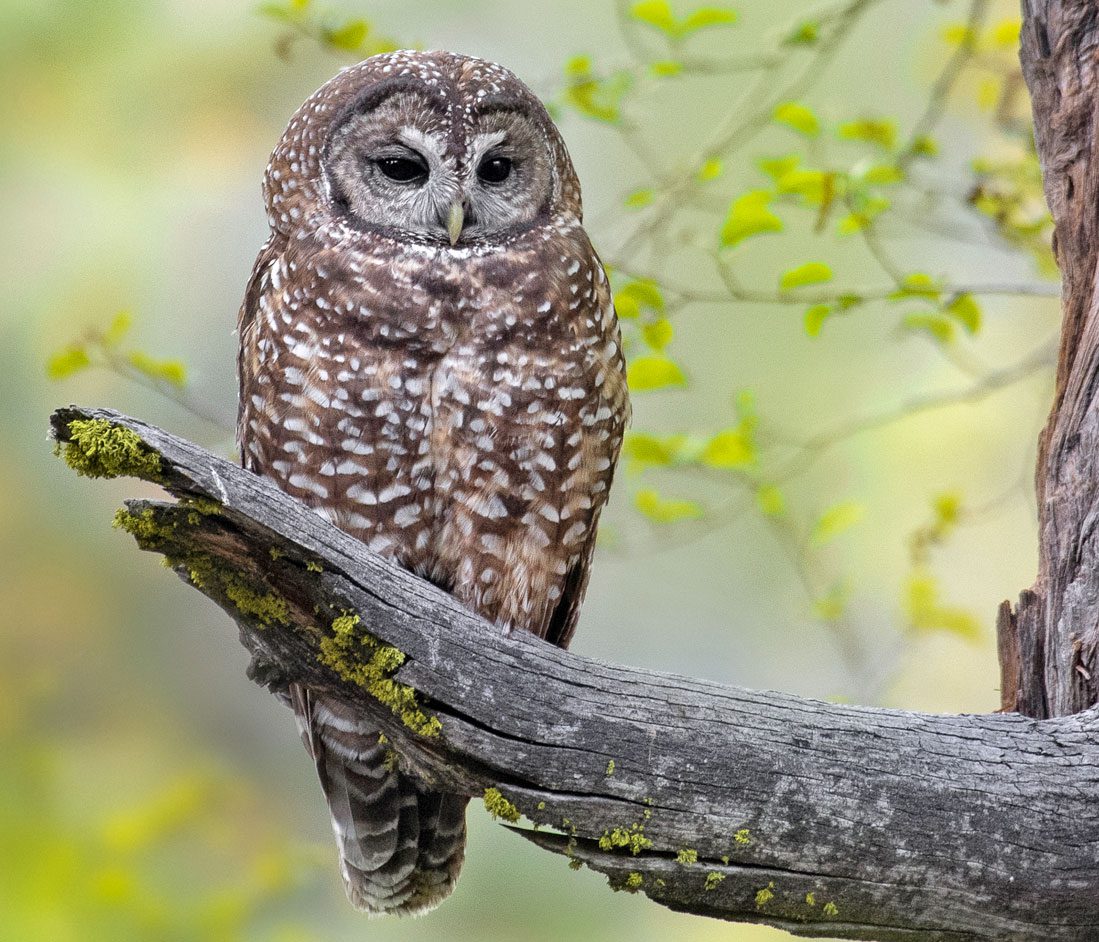
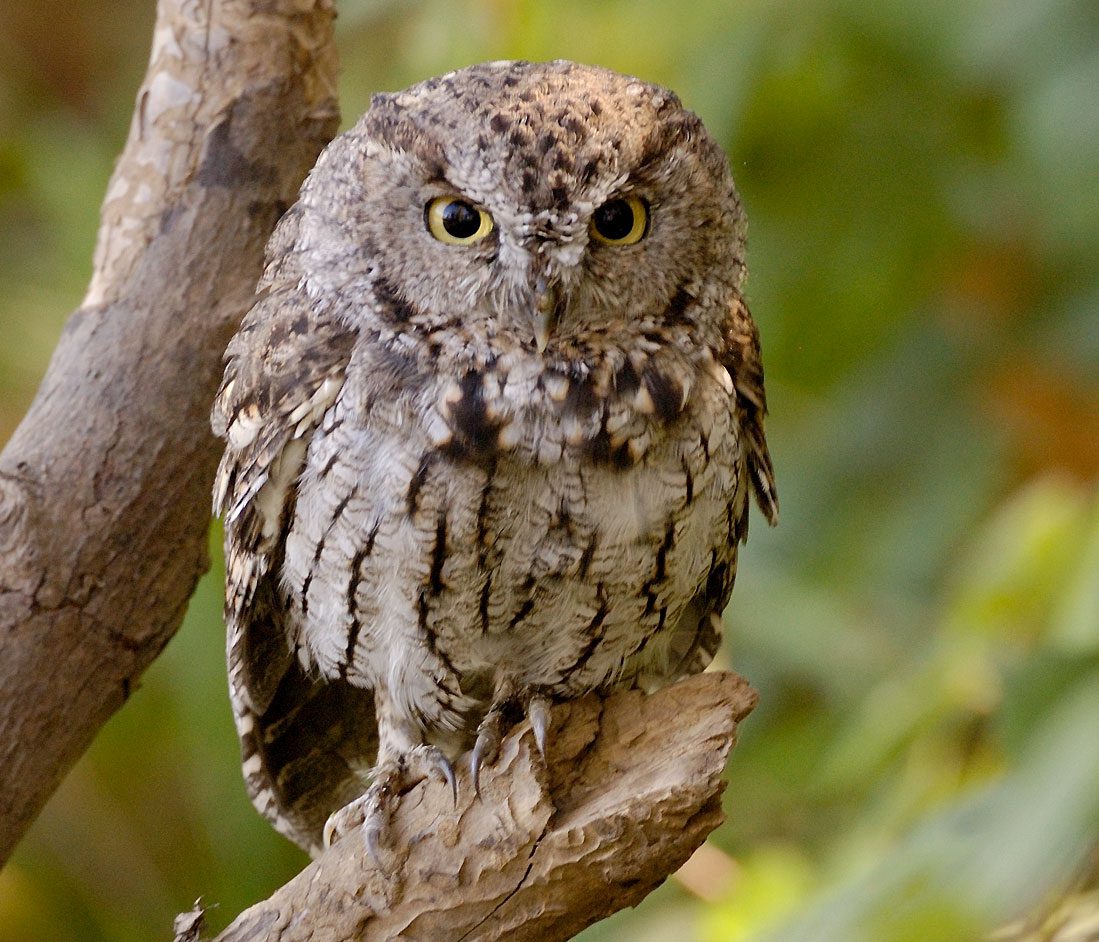
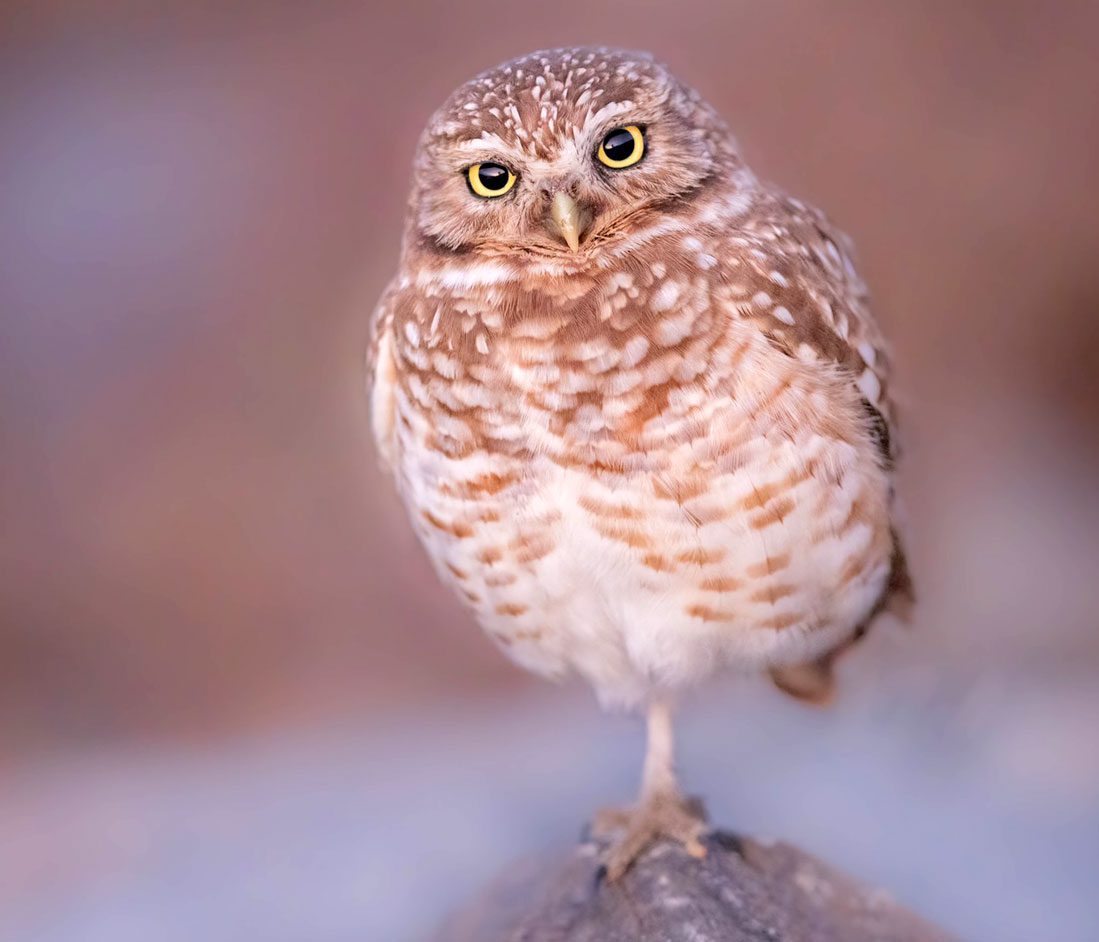
By daybreak the team—Brian Sullivan, Lizzy Chouinard, Brooke Keeney, and Whitney Mortimer—were in the drier countryside southeast of the town of King City, where they found species like Common Poorwill, Blue Grosbeak, Yellow-billed Magpie, Cassin’s Kingbird, Lewis’s Woodpecker, and Ash-throated Flycatcher (their 100th species of the day). By midafternoon they had driven back west to the Pacific to look for seabirds and shorebirds. At this point team leader Brian Sullivan thought 200 species might be possible, but bad luck was waiting for them at Point Pinos, a famously good seawatching spot and a clutch point on their route.
When they arrived, thick summertime fog had enveloped the headland, knocking visibility down to about 200 yards. It meant missing species like Pink-footed and Sooty Shearwaters and Black-footed Albatross, and the team even had to do without Common Murre, Wandering Tattler, and Surfbird. They did pick up Pacific and Common Loons, Black Oystercatcher, and even a lingering rarity, Red-footed Booby, perched on a yacht in Monterey Harbor.
On the plus side, the Californian Sapsuckers (unlike the Chile team) were on the receiving end of migration. They found 8 species of warblers, 2 orioles, 2 grosbeaks, a couple of Olive-sided Flycatchers, and 13 species of shorebirds—including a flock of 20 Whimbrels that may well have been in Chile last month.
One of the day’s peak moments arrived (as they often do in birding) at the municipal dump, where Chouinard and Sullivan spotted a pair of Swainson’s Hawks in a courtship flight. (Swainson’s Hawks are rare in Monterey County and nests are even rarer.) Many Swainson’s Hawks spend their winters in the Pampas of Argentina—another tangible reminder of the connectedness of South and North America. The California team finished with an astonishing 174 species for the day.
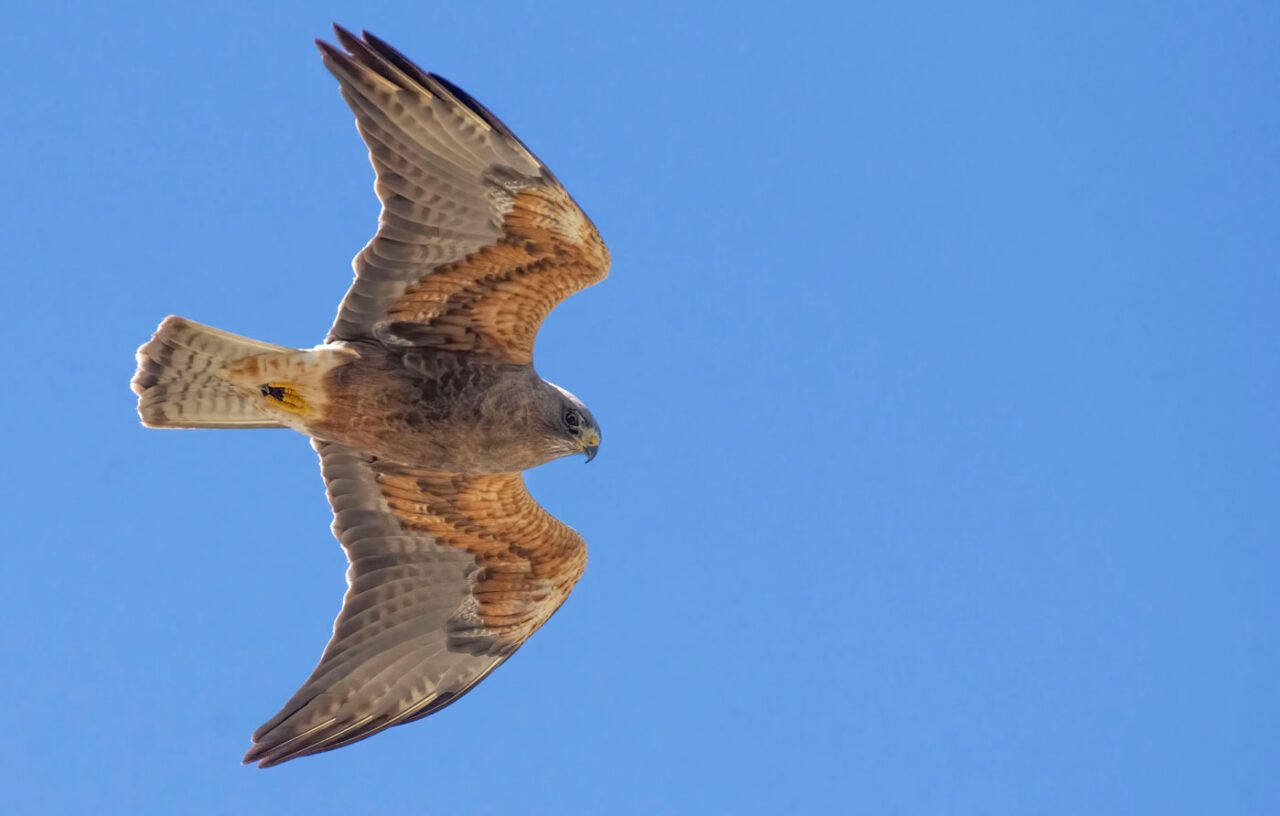
The Secret to A Big Big Day: Habitat
As Team Sapsucker prepped for their Big Day in Chile, they built their route around a key strength: the extensive patchwork of small wetlands and protected areas that ROC has helped create in recent years. By tuning in to habitat diversity, they made the most of the limited bird diversity on hand at this season.
To reach 120 species in autumn in central Chile, the conventional wisdom holds that you’d need to start up in the Andes, Hanks said—but then you’d need to find time to drive a couple of hours back down to the lowlands. Team Sapsucker didn’t want to risk running out of daylight at the coast, so they opted for a different strategy.
“We didn’t get anything totally spectacular [in terms of rarity]… we just nailed all the common, expected birds we needed,” Curtis said. Knowing which habitats to hit helped it all come together, thanks to the ROC teammates—Montecino worked extensively at Rio Maipo as a Coastal Solutions Fellow, and Pantoja is a ROC volunteer and coordinator of eBird for Chile.
“One thing we saw scouting is that each of these [superficially similar] habitats had different birds,” Hanks said. For example, Rio Maipo was a cornerstone of the route that delivered 50 species, including Coscoroba Swan. But to track down a Black-necked Swan they had to loop in a tiny wetland a few miles to the north, in Cartagena—they were nowhere else to be found.
When planning a Big Day “you learn so much about where birds are and where they aren’t,” Hanks said. “If your goal is to see as many birds as you can, it really forces you to think about habitat, and how important every little pocket of wetland is.”
It really highlights the work ROC is doing to preserve so many sites in the region, Curtis added. And by extension, it’s a nod of recognition for all the people and organizations working to preserve green space in towns and counties, up and down flyways and across continents. Each one is a haven, a stopover site, a year-round home for a unique set of birds.
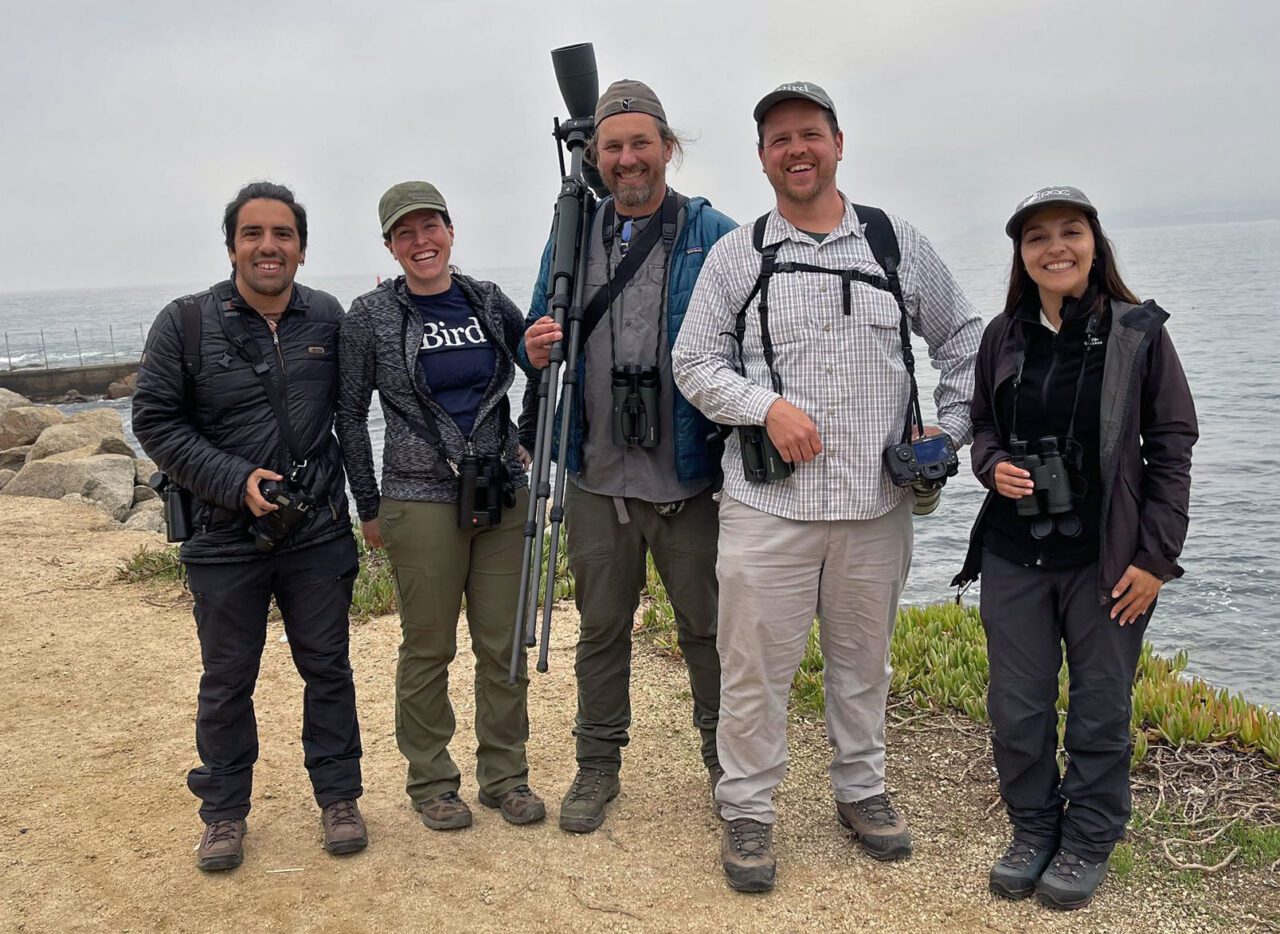
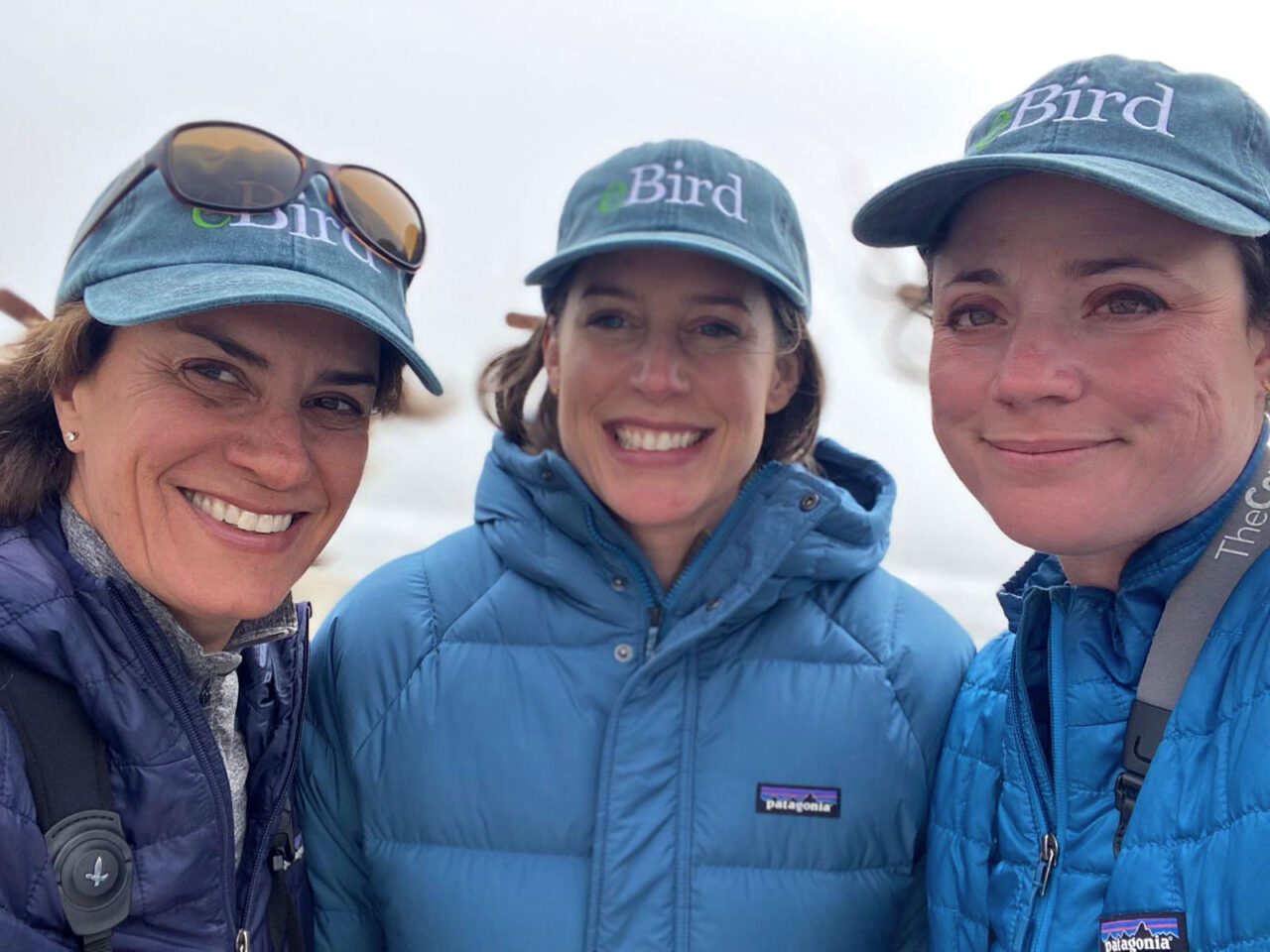
See more details of the day on the Sapsuckers’ eBird trip report. (Note that Spotted Owl does not appear on the trip report total—as a safeguard for this and other sensitive species, detailed information is suppressed from public eBird output.) Congratulations to the team, and thank you again to everyone who supported them!

